Author: Marshall Schott
Noted for being one of the first truly American beer styles, the story of California Common is both interesting and shrouded in a certain degree of mystery. One curious fact about this distinct style is that, for years, it was colloquially referred to as Steam Beer due to the fact “steam” could be observed emanating from the fermenting beer during the cool San Francisco nights. The alliterative moniker used today is due in part to the fact Anchor Brewing, who purportedly developed the style in the late 19th century, trademarked “Steam Beer,” and hence they have sole rights to its use.
Whereas there can exist various adaptations of most beer styles, California Common is one that comes with a fairly narrow set of standards. In addition to being fermented with a lager yeast at temperatures typically associated with ale, California Common is known for being brewed largely, if not exclusively, with Northern Brewer hops. The BJCP provides the following description:
A lightly fruity beer with firm, grainy maltiness, interesting toasty and caramel flavors, and showcasing rustic, traditional American hop characteristics.
There are very few things I’m dogmatic about, particularly in regards to brewing, but I diverge from this a bit when it comes to California Common. I began experimenting with recipes for this delicious style many years ago and ultimately settled on What’re We Here For?, which has not only won awards, but the palates of many a non-craft beer drinker. Relying on this recipe as inspiration, I was curious to see how a batch of California Common made using less than conventional ingredients and methods would turn out!
| BREWING THE BEER |
My original plan was to brew up my What’re We Here For? recipe using a bunch of abbreviated methods, but only realized I was missing some of the grains once I started my brew day. So, I made some potentially shoddy substitutions I hoped wouldn’t have too huge of an impact.
Short & Shoddy California Common
Recipe Details
| Batch Size | Boil Time | IBU | SRM | Est. OG | Est. FG | ABV |
|---|---|---|---|---|---|---|
| 5.5 gal | 20 min | 38.3 IBUs | 11.8 SRM | 1.050 | 1.011 | 5.1 % |
| Actuals | 1.05 | 1.014 | 4.8 % | |||
Fermentables
| Name | Amount | % |
|---|---|---|
| Pelton Pilsner-style Malt (Mecca Grade) | 10.25 lbs | 81.19 |
| Metolius Munich-style Malt (Mecca Grade) | 1.5 lbs | 11.88 |
| Honey Malt (Gambrinus) | 8 oz | 3.96 |
| Special B Malt | 4 oz | 1.98 |
| Pale Chocolate Malt | 2 oz | 0.99 |
Hops
| Name | Amount | Time | Use | Form | Alpha % |
|---|---|---|---|---|---|
| Northern Brewer | 25 g | 20 min | First Wort | Pellet | 10.1 |
| Northern Brewer | 25 g | 15 min | Boil | Pellet | 10.1 |
| Northern Brewer | 25 g | 2 min | Boil | Pellet | 10.1 |
Yeast
| Name | Lab | Attenuation | Temperature |
|---|---|---|---|
| Cablecar (L05) | Imperial Yeast | 73% | 55°F - 65°F |
Notes
| Water Profile: Fresno water, carbon filtered, with some gypsum and calcium chloride |
Download
| Download this recipe's BeerXML file |
After designing the recipe, I went out to the garage and began collecting the full volume of water for this traditional BIAB batch.
Next, I added some gypsum to the water in hopes of enhancing the beer’s crisp hop character.
I flipped the switch on my electric controller to heat the water before weighing out and milling the grains into a fabric filter.
When the water was properly heated, I switched the controller to mash mode, dropped the grain bag in, stirred to incorporate, then checked to ensure I’d hit my target mash temperature.
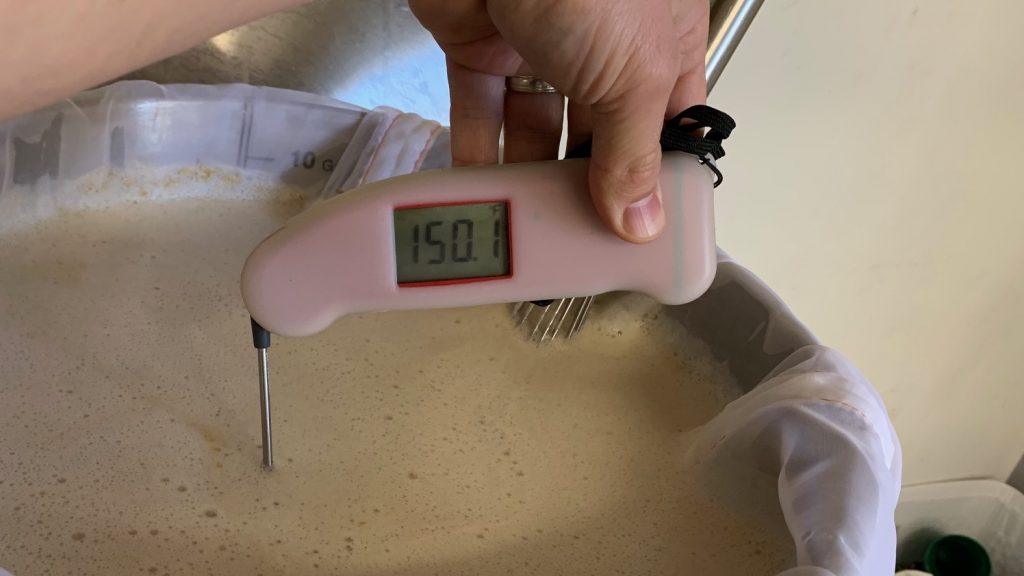
The mash was left to rest for a short 25 minutes, during which it was stirred multiple times.
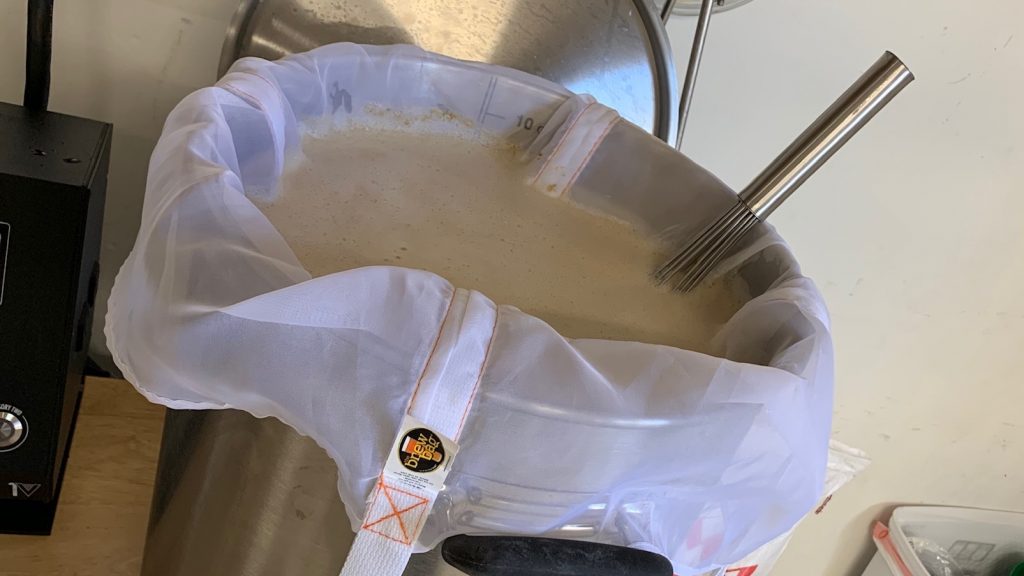
I proceeded to measure out the kettle hop additions, all Northern Brewer.
When the mash was completed, I removed the grain bag then brought the wort to a boil, letting it rip for a brief 20 minutes and adding hops along the way.
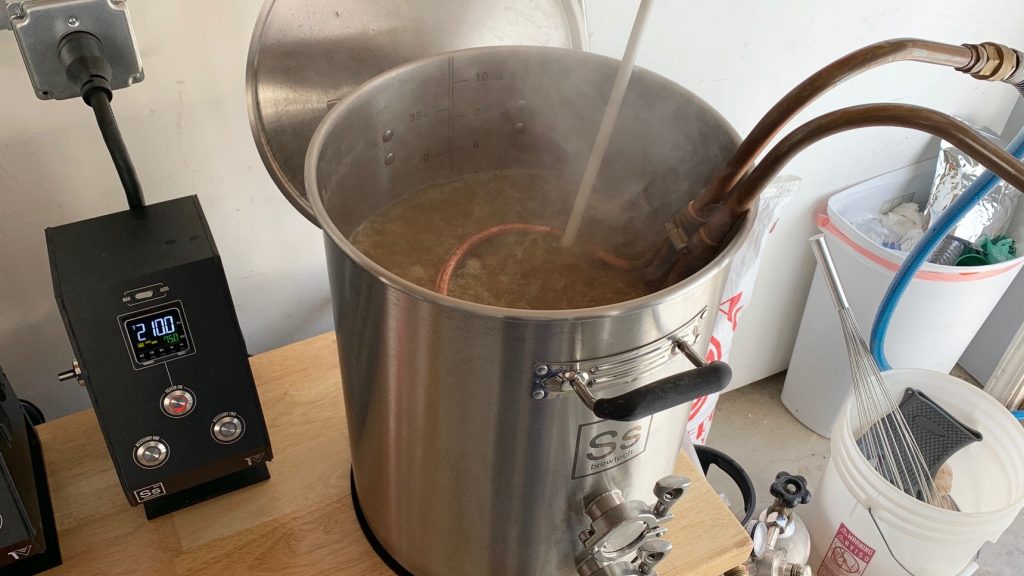
At the end of the short boil, I quickly chilled the wort with my immersion chiller.
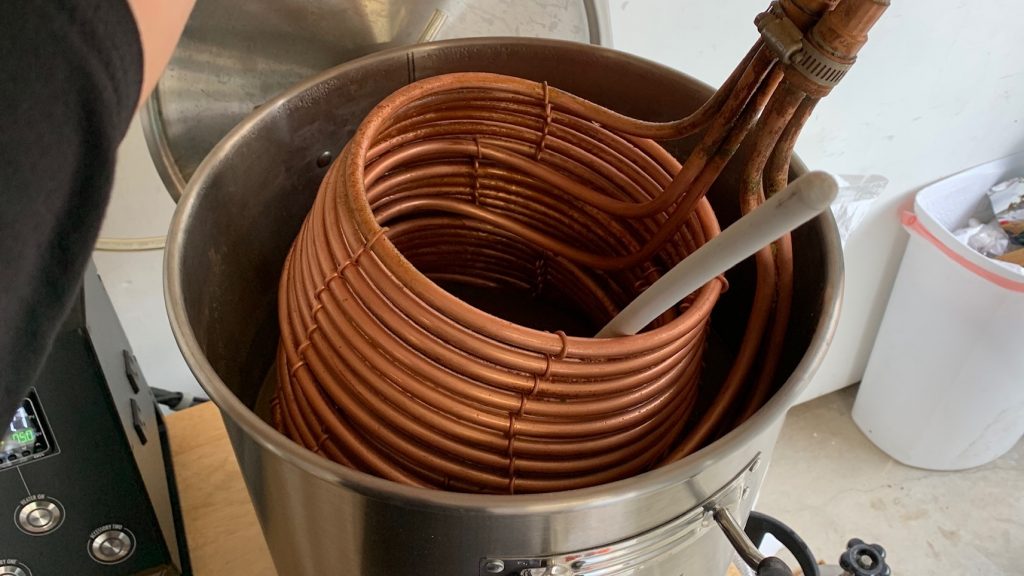
A refractometer reading showed I’d hit my planned OG of 1.050 OG.
The 65°F/18°C wort was then transferred to a sanitized fermentation vessel.
Other beers were being fermented in my chamber, so I placed the fermentor on my utility cart then direct pitched a single pouch of Imperial Yeast L05 Cablecar into it.
The temperature in my garage ranged from about 62°F/17°C to 68°F/20°C during fermentation. Activity was noticed a few hours after pitching and continued for a few more days before dying down. A hydrometer measurement taken after 10 days of fermentation indicated FG had been reached.
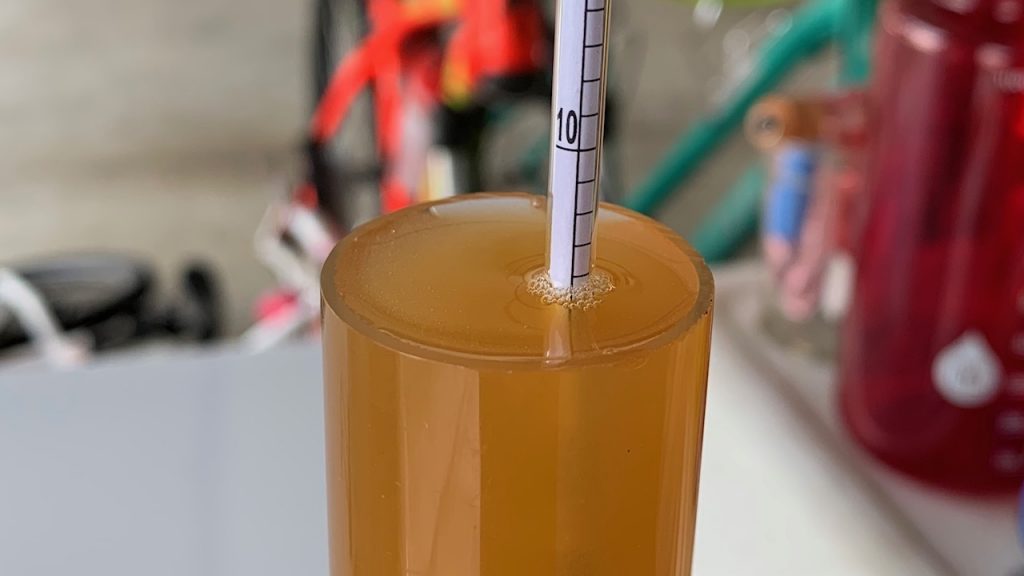
I added gelatin fining to the warm beer and let it sit overnight before transferring it to a sanitized and CO2 purged keg. The beer was then burst carbonated in my keezer for 16 hours before I reduced the gas to serving pressure, where it was left to condition for 5 days before being served to tasters.
| RESULTS |
A total of 15 people of various levels of experience participated in this Short & Shoddy evaluation. Participants were first asked to identify the style they believed the beer to be based on their perception.
Tasters were then instructed to rate how hoppy, malty, and dry they perceived the beer to be on a 0-5 scale where a rating of 0 indicated “not at all” and 5 indicated “extremely;” these ratings were then averaged.
Tasters were provided a list of common hop, malt, and yeast characteristics then instructed to select from each the one they perceived as being strongest in the beer.
Hop Characteristics
Malt Characteristics
Yeast Characteristics
Next, participants were asked to indicate whether or not they detected any off-flavors in the beer; those who did were provided a list of common off-flavors and instructed to select the one they perceived as being strongest. A total of 2 out of the 15 tasters reported perceiving off-flavors in this beer with one each noting diacetyl and metallic.
Tasters were then asked to rate how much they enjoyed the beer on a 0-5 scale where 0 indicated they hated it and 5 indicated they loved it.
Finally, the beer style was revealed to participants and they were asked to rate how representative it was on a 0-5 scale where 0 meant “not at all” and 5 meant “exactly.”
My Impressions: I love California Common and was particularly excited about this batch. I didn’t perceive any off-flavors at all, nothing that made the beer unpalatable, but I was a bit surprised with its apparent lack of not only bitterness, but overall hop character. This made the sweeter malt flavor more apparent, and while I found the beer moderately enjoyable overall, I far prefer the original version.
| CONCLUSION |
California Common holds a special place in my biased little heart, not only because it’s one of few recognizably American styles, but it strikes what I feel is an ideal balance of overall character. Toasty malt flavors with a touch of sweetness, woody and earthy hop characteristics with barely a whisper of mint, clean fermentation profile, and of course an assertive yet soft bitterness. It’s truly one of my favorites.
I’ve made What’re We Here For? many times and it’s safe to say this Short & Shoddy California Common was but an allusion to the deliciousness of that recipe. Indeed, as the blind taster data indicates, the beer possessed many aspects one expects in a good example of the style, but it lacked just enough to keep it from being a spot-on version. The most common comment made following completion of the survey had to do with the lack of bitterness and hop character, which left the beer with an impression of sweetness despite being perceptibly dry.
In thinking about the way this beer was brewed, the fact only two tasters reported detecting off-flavors seems to suggest the abbreviated methods had little if any negative impact, which leaves one wondering about possible culprits. I honestly can’t think of a good explanation for the restrained bitterness seeing as the amount of kettle hops was adjusted for the short boil, but I do think even the small charge of Special B made a difference, and it’s not something I’d recommend for those looking to make a classic California Common. I’m also curious about the Honey malt. I’ve used it extensively over the years, often fairly ample amounts, and always described the character as more nutty than sweet, but perhaps that also contributed to the muted hop character.
In the end, most tasters enjoyed the beer enough to finish their entire sample, many asked for refills, and I had no issues kicking the keg with friends. I definitely plan to brew more California Common using Short & Shoddy methods, though in the future I’ll stick with the original grist and up the amount of each Northern Brewer kettle addition by 5 to 10 grams.
If you have thoughts about this Short & Shoddy brew, please feel free to share in the comments section below!
Support Brülosophy In Style!
All designs are available in various colors and sizes on Amazon!
Follow Brülosophy on:
FACEBOOK | TWITTER | INSTAGRAM
If you enjoy this stuff and feel compelled to support Brulosophy.com, please check out the Support page for details on how you can very easily do so. Thanks!


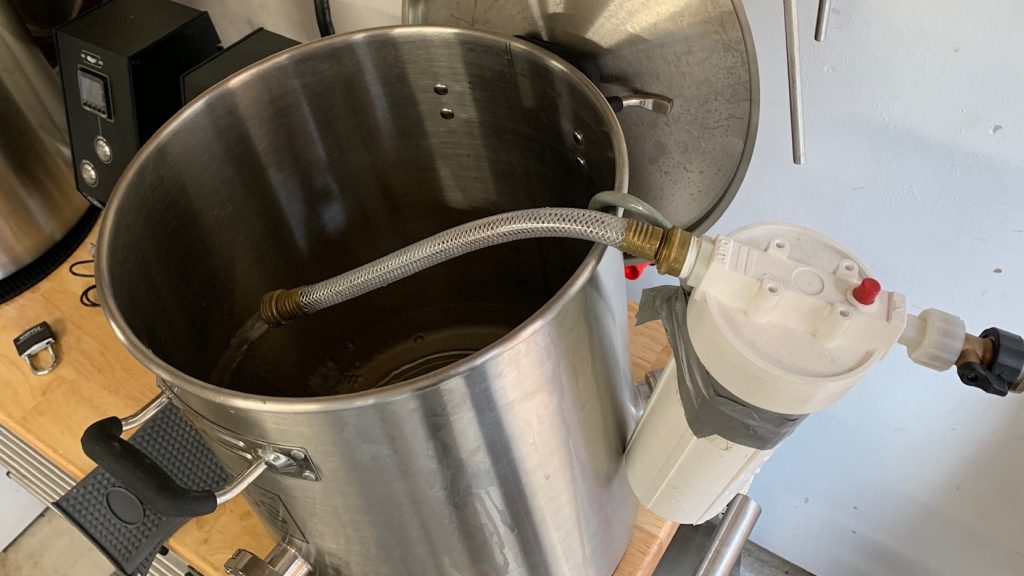
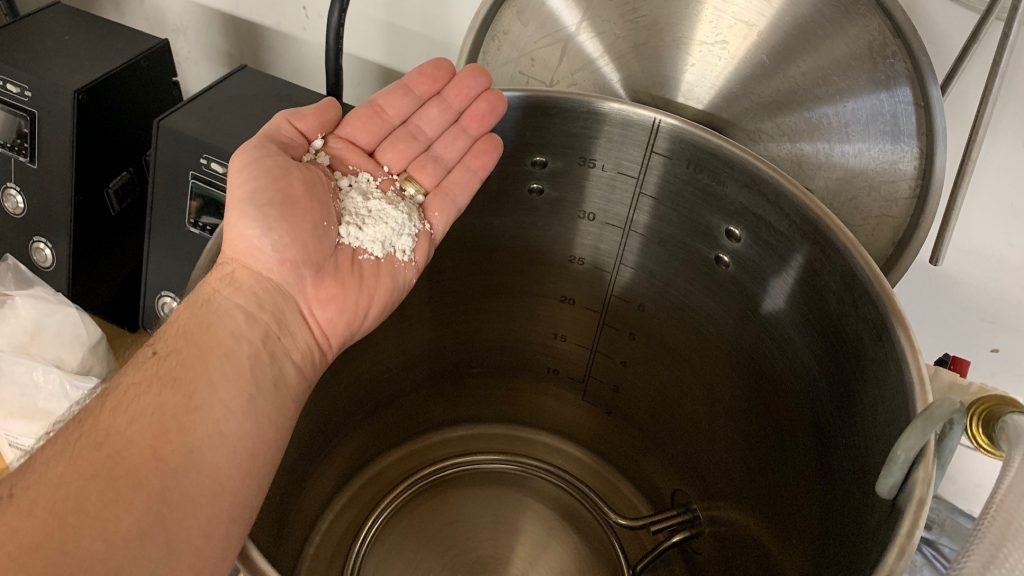
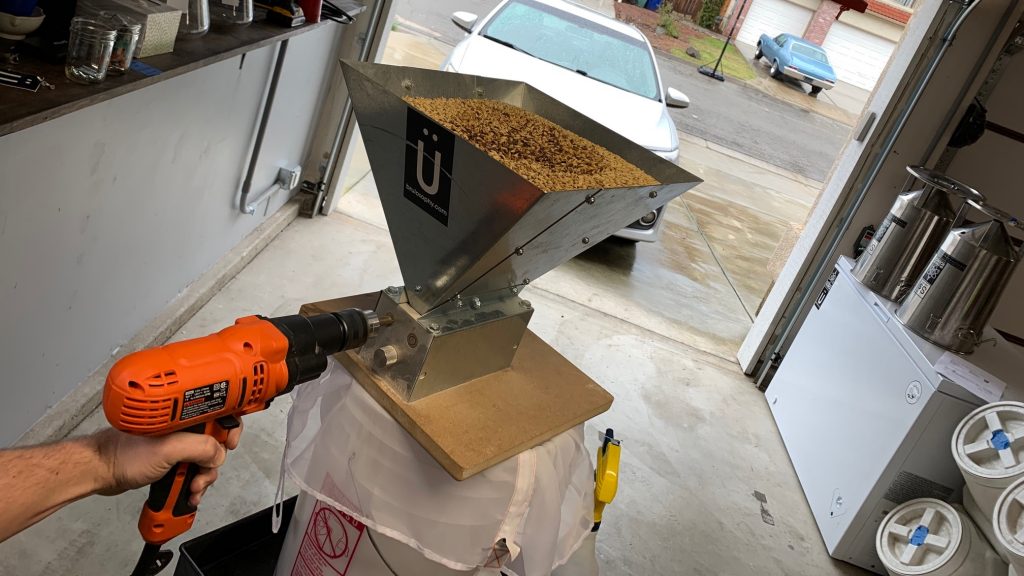
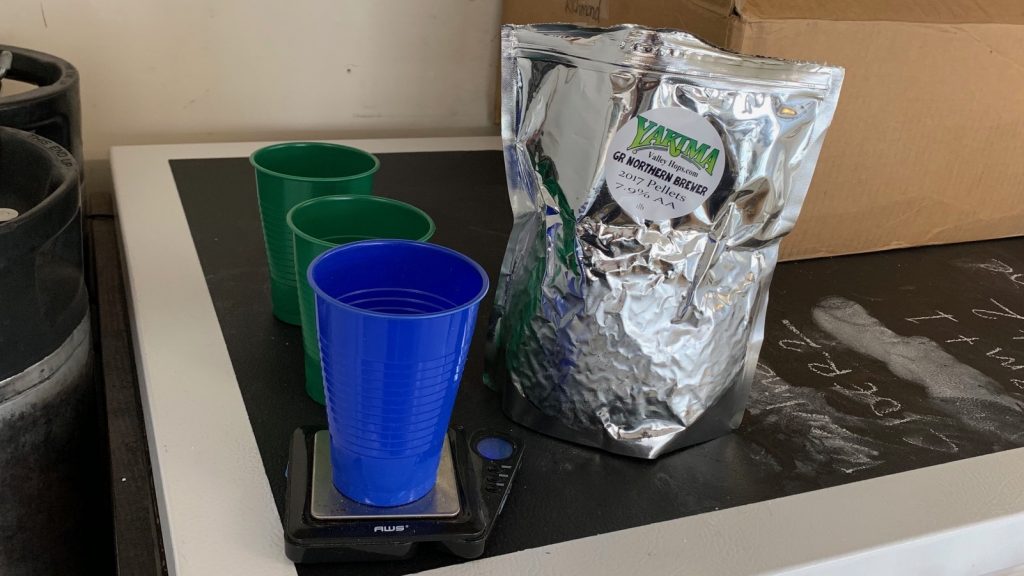
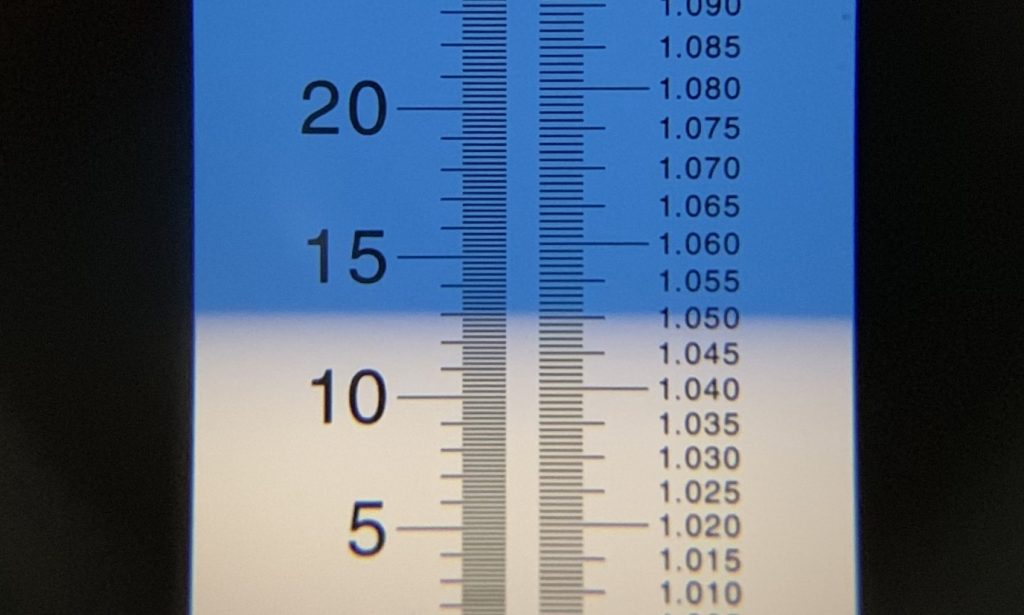
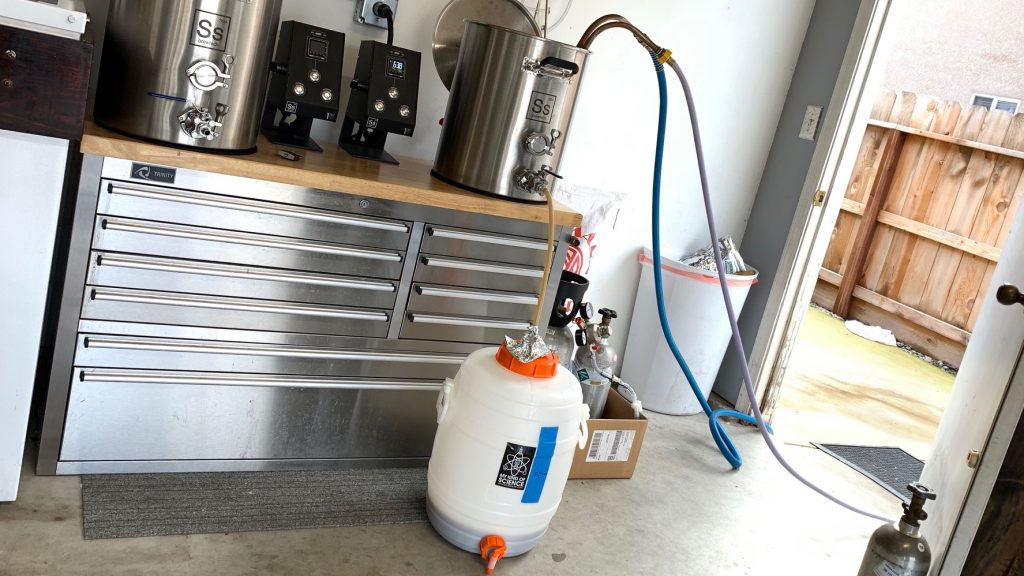
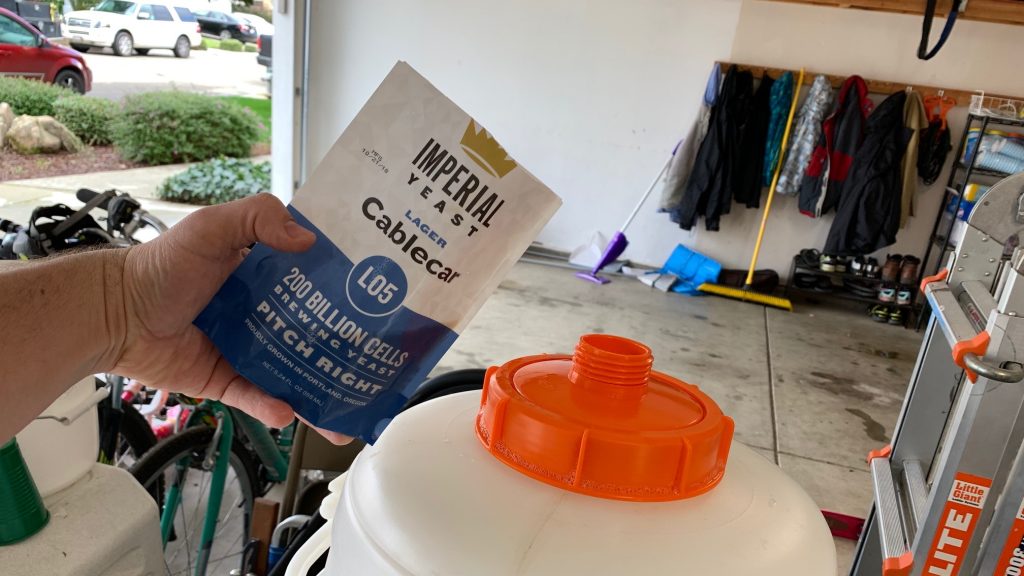
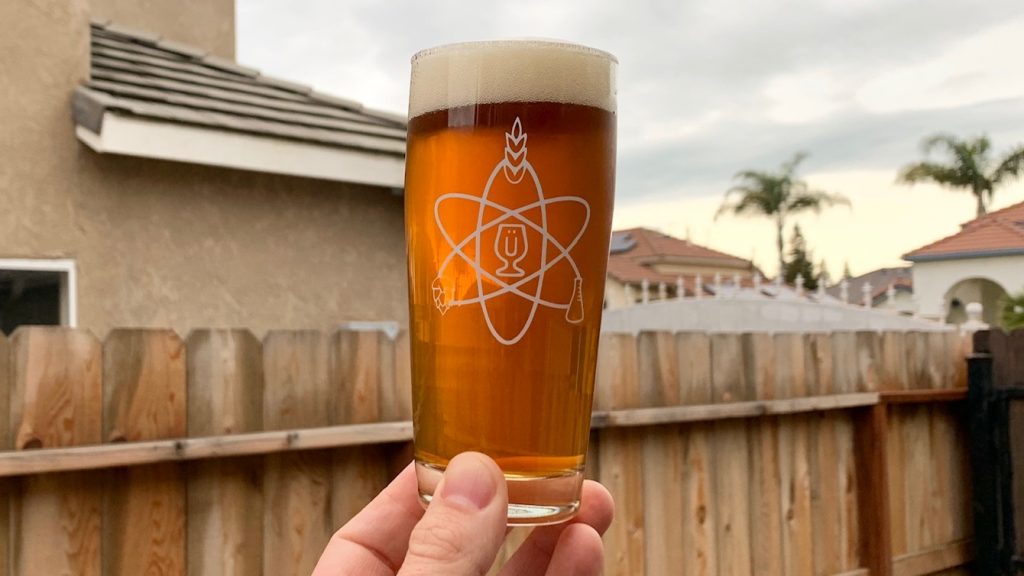
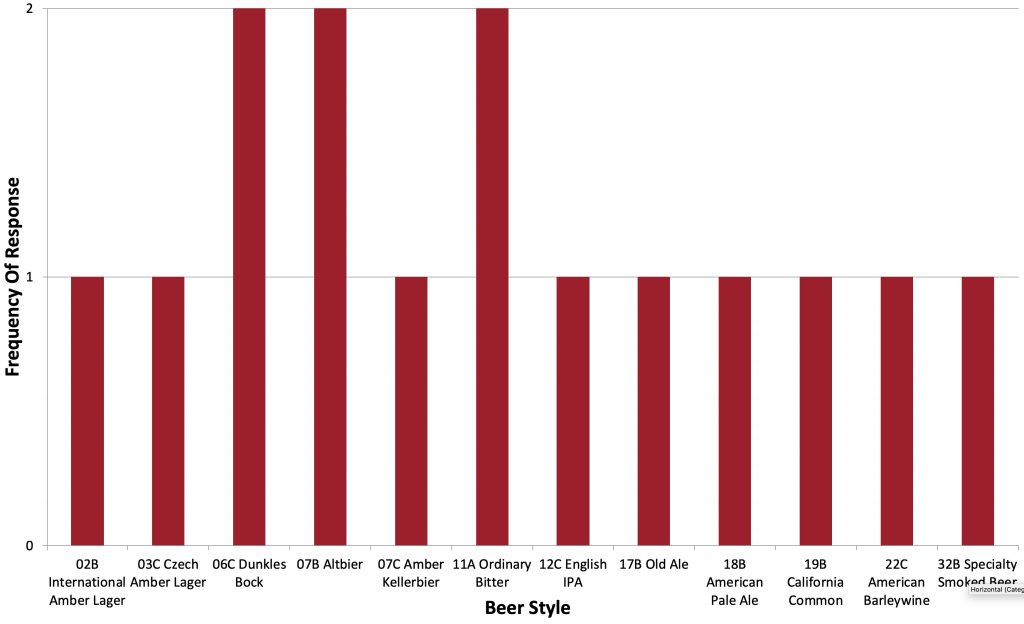
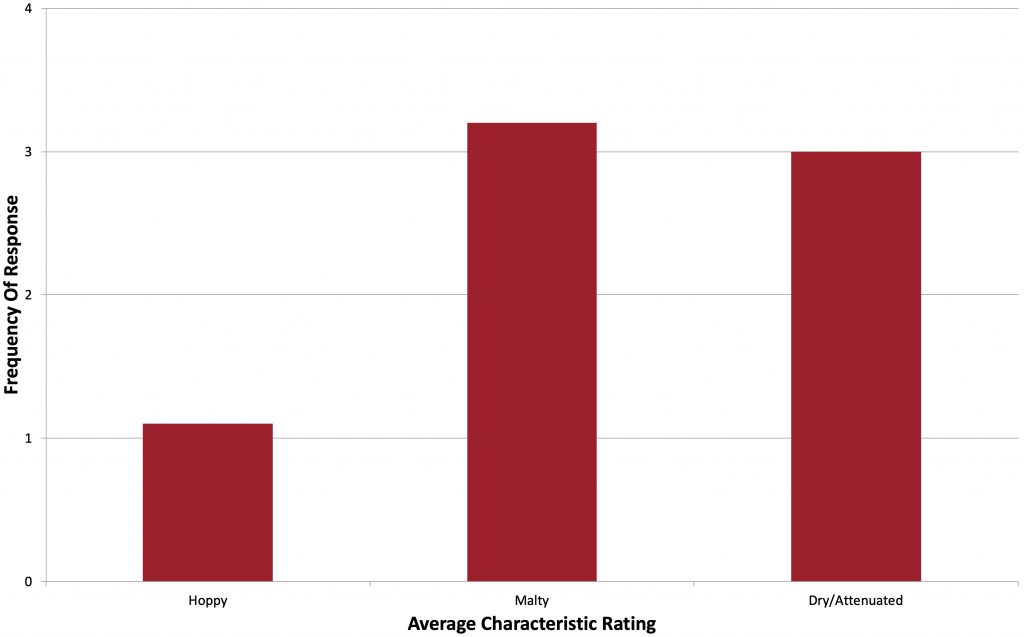
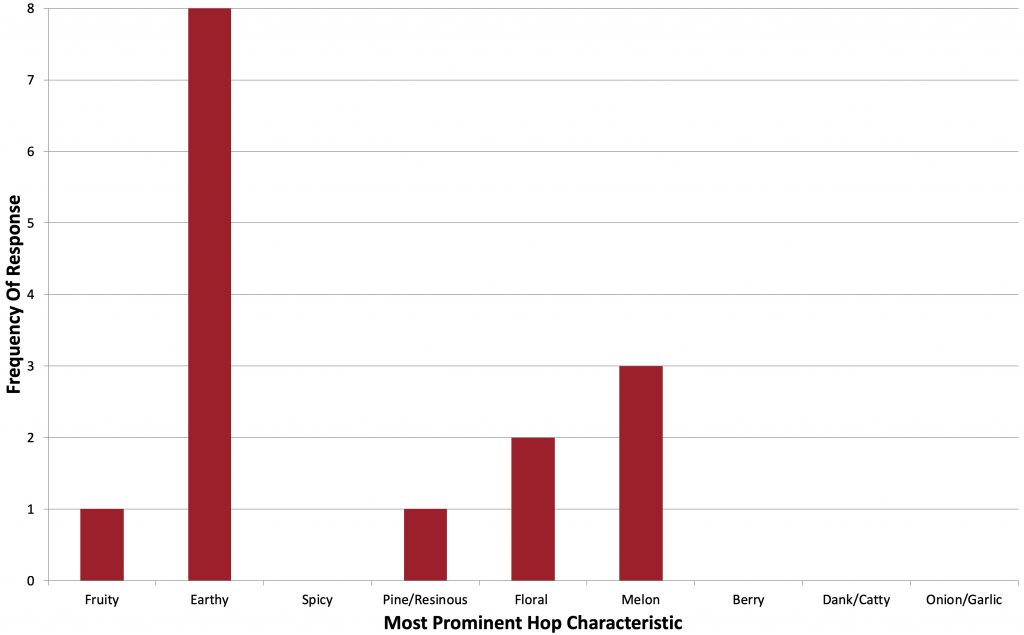
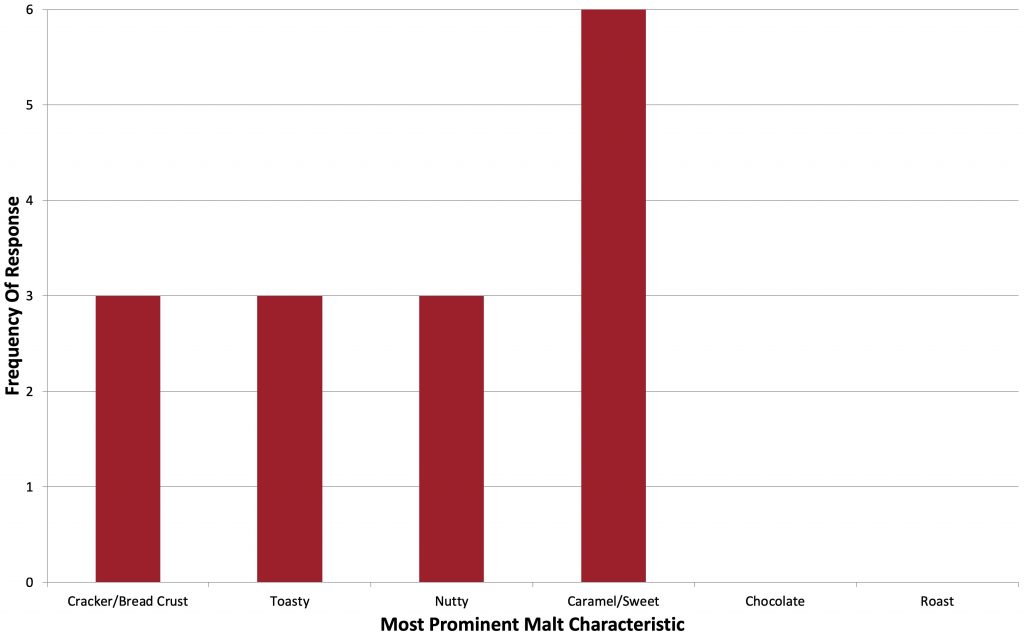
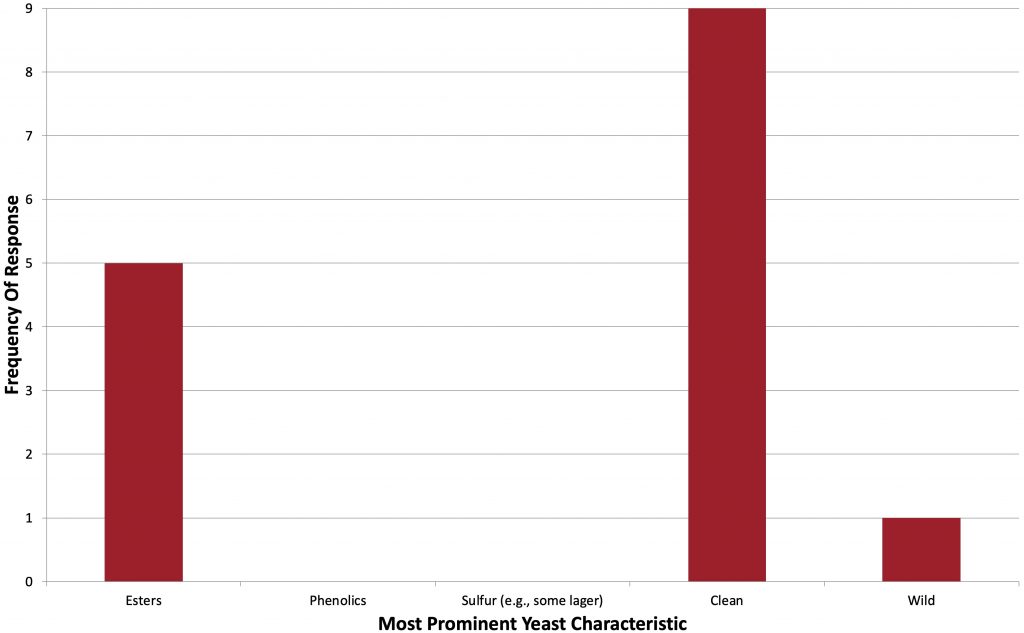
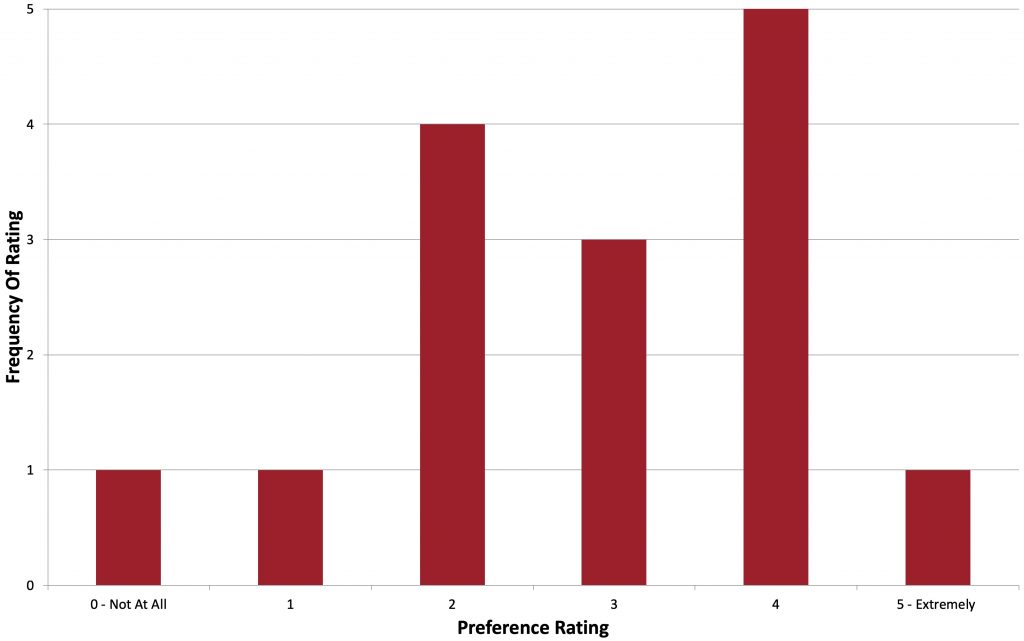
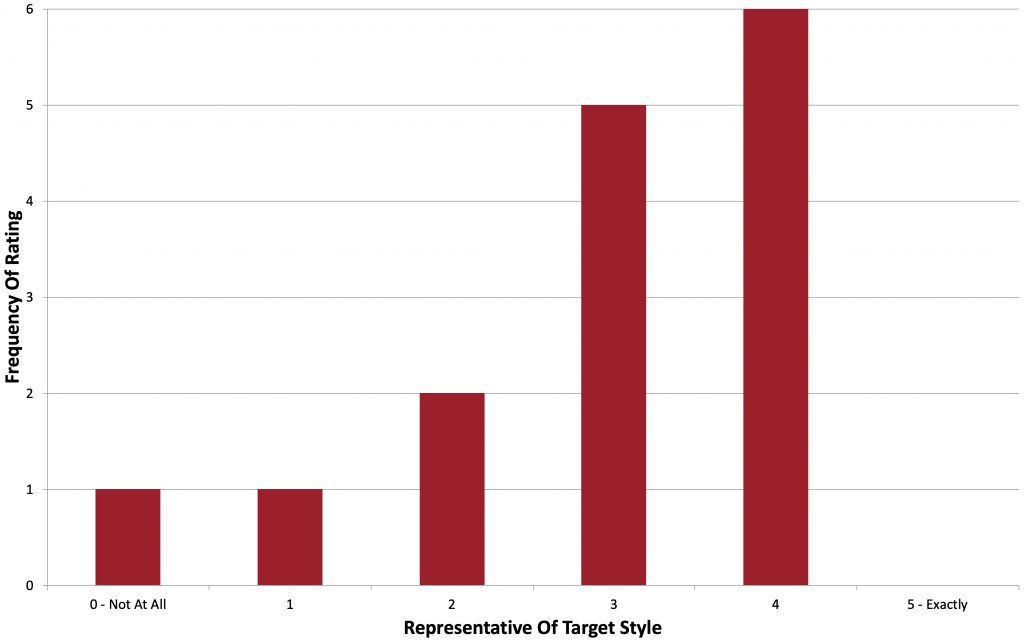









11 thoughts on “Short & Shoddy | California Common”
Something that I have noticed for a few recipes with my brews too (and also see the previous Exbeeriment), something that I also searched for on the internet: using the standard calculations for hops seem to be incorrect for shorter boil times. One example that I have of my own is a tripel I made last summer. I did a standard boil, but with only a small bittering addition, and according to the formulas (Tinseth in this case) enough additions on 20 and 10 minutes to get to a total of 40 IBU. And that gave me a nice beer, but not bitter. I found one source who said that upon tasting his brew, bitterness really only started to kick in after fifty minutes boiling.
Good starting point for another exbeeriment I suppose (with measurements done by a lab afterwards).
Random question: what percentage of your tool box/brew counter is filled with brewing equipment vs actually tools? I definitely need some new storage space like that.
2 of the small drawers and half of the big drawer on the bottom is brewing stuff.
Not sure the paragraph on Vienna Lager is supposed to be here 🙂 Great article, as usual!
2 people guessed “dunkles bock”? are they colour blind? 😀
I’m going to brew one of those soon but I have 2 ounces of Loral, so might use them as late hop addition…
Why not go for a 60-minute boil next time? Or as a comparison.
We’ve got S&S vs. normal brewing procedure xBmts planned, and we’ve done a few boil length xBmts.
You’re correct that the origin of the name is shrouded. I think Anchor may prefer that little bit of mystery.
In 1849, Lager beer was the new big thing, having been introduced to the United States by German immigrants less than ten years earlier. However, the cost of shipping beer from the east coast to California was astronomical. But lagering in San Francisco, Los Angeles, and Sacramento was not possible.
Perhaps steam beer was named after Dampfbier (literally: steam beer) brewed for centuries in southeastern Bavaria near the Czech border, and called steam beer because it produced “steam” during fermentation.
Perhaps it was called steam beer because it ‘turbocharged’ the beer. In 1849, to say something was steam powered meant it was fast and good. Steam was new and exciting in those days; similar to the way “atomic” was used in the 1950s, the word “steam” brimmed with revolutionary changes. Steam powered locomotives were faster than anything else around. Steam meant fast, hip, cool, new, and exciting—no boundaries existed for steam.
While I like the last possibility and think it had much to do with the beer’s name being used across the west coast of the United States, Wahl and Heinus (American Handy Book of Malting and Brewing published in 1902) say it was due to the “high effervescent properties and the amount of pressure (‘steam’) it has in the packages.” A cask would vent “steam,” as though it was a locomotive, when tapped.
Maybe it’s just me, but this beer tastes very close to the Tiny Bottom Pale Ale. Would that be right or did I muck something up?
It’s a very different beer, I didn’t think it was similar to TBPA at all… but that’s just me.
Thanks for the reply. It could be because it’s only been in the keg for 2 days.